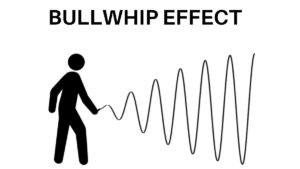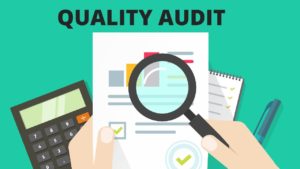Lead Management is best described as a customer acquisition funnel that starts with finding new customers and finishes with closing transactions. Every organization requires an…
Bullwhip Effect – Example, Causes, Analysis and Consequences
The bullwhip effect is a supply chain phenomenon in which there are inefficiencies in forecast and supply chain. The bullwhip effect refers to the fluctuating…
Yield Management – Definition, Calculation, Examples and Strategy
Yield management is a pricing strategy through which you can maximize your revenue. It is a famous variable pricing strategy that is primarily based on…
Retention Bonus – Definition, Steps, Advantages, Disadvantages
Definition A retention bonus is defined as a one-time payment that is used as a financial incentive to keep a valuable employee in the organization….
Staff Turnover – Definition, Meaning, Types, Causes, Benefits
Staff turnover is defined as the rate at which the staff in an organization leave the firm at a specific time. The term staff turnover…
Operations Research – Types, Advantages, Disadvantages
Operations research, popularly known as OR, is a scientific research method or a mathematical technique to determine the right decision for a problem. Operations research…
Outdoor Advertising – Definition, Importance, Types and Examples
Outdoor Advertising Definition: Outdoor advertising refers to advertising that is displayed in outdoor locations and targets consumers when they are away from their homes. Examples…
What is Interactive Marketing with Definition & 5 Best Examples?
Interactive marketing is a two-way approach to marketing focused on interaction and collaboration as per the reaction and inclination of the customers. It is also…
Market Development – 4 Steps and 5 Types Of Market Development
Market development is a strategy for growth that organizations use to develop new markets or new market segments for existing products. The primary targets of…
Labour Relations – Components, Importance, Purpose
Labour relations incorporate the processes involved in between Management & Union or Employers & Workforce for making effective decisions and channelising an organisation. With the…
Unit Price – Definition, Examples and Calculations
You must have faced situations when you are supposed to compare prices of items that are not sold in equal quantities. If it has confused…
What is Quality Assurance (QA)?
Quality Assurance (QA) is the practice of assuring that the quality of a product or service throughout its life cycle, from design to delivery meets…
What is Product Quality? 7 Steps of Products Quality Management
In simple terms, you can understand product quality as a characteristic that is a further conglomeration of different features for fulfilling the customer needs and…
Training Needs Analysis – Features, Components, Levels and Benefits
Training Needs Analysis is the process of identifying the training and development needs of the workforce, so they can perform their jobs more effectively to…
Quality Audit – Definition, Meaning, Types, Advantages
Definition Quality audit is a process of examination and verification of procedures, records, and activities of a quality system that is carried out by an…














